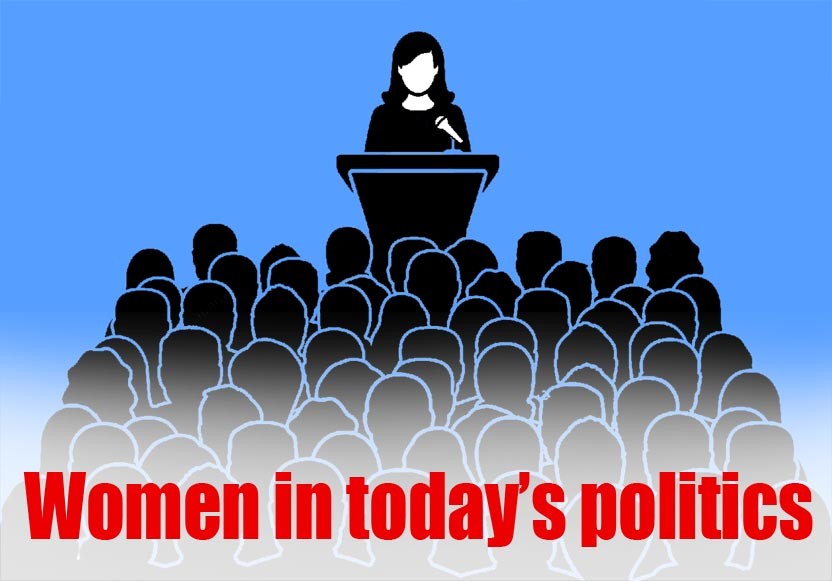

Let’s begin with the most basic questions. How far have Pakistani women come in terms of political participation? Has our societal understanding regarding the importance of women as active politicians and voters evolved? These questions come to one’s mind as one zeroes in on women’s role in the country.
As in most other areas, women in Pakistan do not have a level playing field when it comes to politics. Most women who get elected on regular seats belong to political families and it still seems very difficult for a woman without a political dynasty behind her to make it big in Pakistani politics..
In 2013, despite all the awareness campaigns and media talks, only around 800 women contested general elections as opposed to 16,000 males.
But it would not be false to say that things have changed for the better over time. From the demand of 3 per cent reserved seats for women in the central and provincial assemblies in 1951 to the 17 per cent women in the current parliament, some ground has been covered.
A beacon of hope is the Elections Act 2017. This law prescribes that an election would be considered void if there isn’t at least a 10 per cent turnout of women in that constituency. The same act demands of political parties to give a minimum of five per cent general seats tickets to women, failing which the party will not be awarded an election symbol by the ECP.
Read also:
But this is just the beginning; women are still fighting male-dominated structures of political parties where they are sometimes treated as the second or third line of leadership?